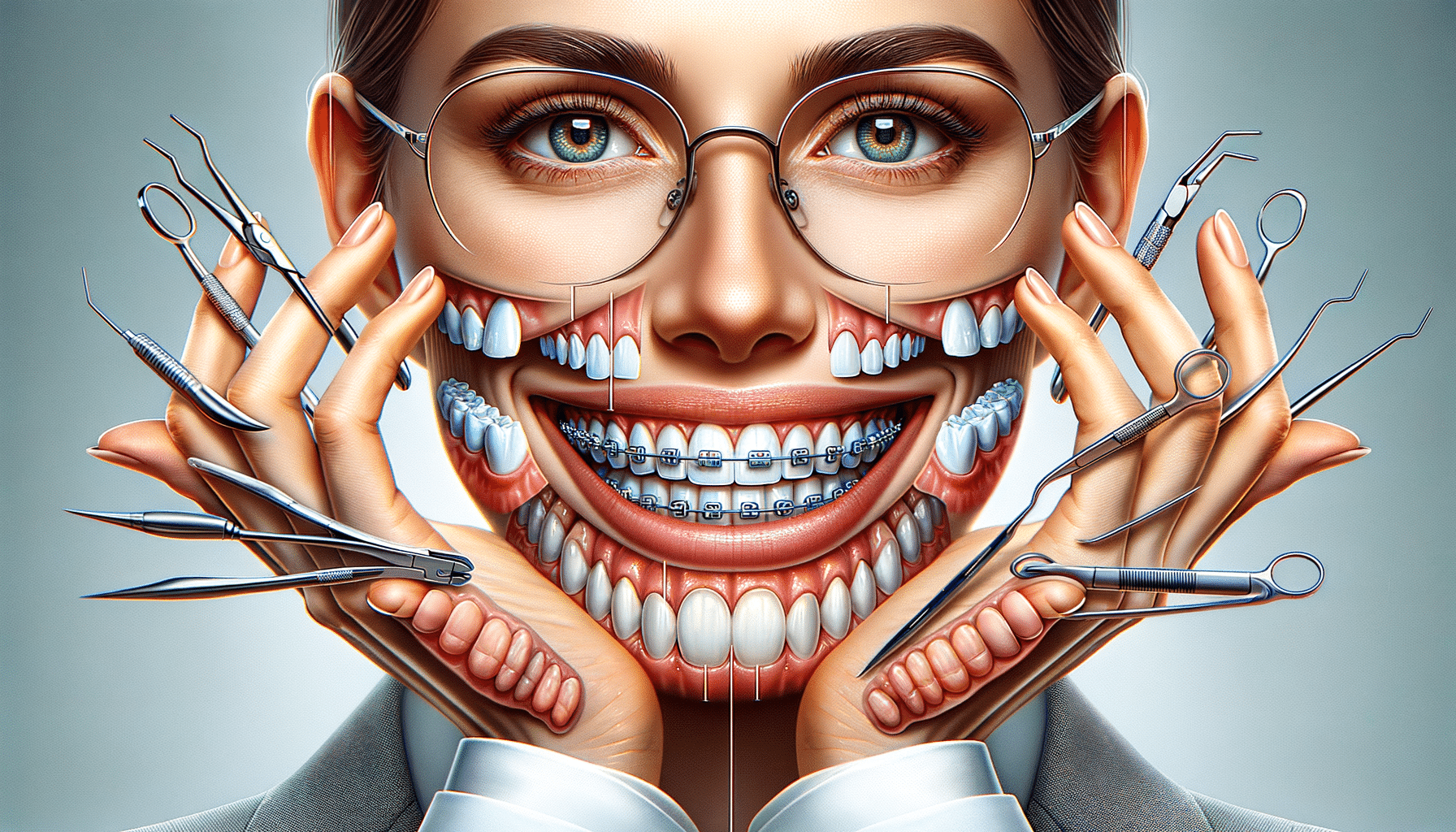Achieve a Confident Smile with Affordable Teeth Braces!
A beautiful smile is within reach! Whether you’re considering traditional braces, esthetic options, or clear Invisalign, modern orthodontics provides solutions that suit your needs. Discover how you can straighten your teeth comfortably and affordably!

Understanding the Basics of Braces
Braces are a common orthodontic treatment used to correct misaligned teeth and jaws. They work by applying continuous pressure over time to move teeth into the desired position. This process not only improves the aesthetic appearance of a smile but also enhances oral health by making cleaning easier and reducing the risk of cavities and gum disease. Traditional metal braces are the most recognized type, consisting of metal brackets and wires. However, advancements in orthodontics have introduced a variety of options, including ceramic braces, lingual braces, and clear aligners, each offering distinct advantages.
Types of Braces: A Comparative Overview
The choice of braces depends largely on individual needs, preferences, and the complexity of the dental issue. Traditional metal braces are known for their durability and effectiveness in treating severe misalignments. Ceramic braces, on the other hand, are similar to metal braces but use tooth-colored brackets, making them less noticeable. Lingual braces are placed behind the teeth, offering a discreet option for those concerned about appearance. Clear aligners, such as Invisalign, provide an almost invisible solution and can be removed for eating and brushing. Each type has its own set of pros and cons, and a consultation with an orthodontist can help determine the most suitable option.
The Benefits of Orthodontic Treatment
Orthodontic treatment offers more than just cosmetic benefits. Properly aligned teeth can significantly improve oral health. Misaligned teeth can create hard-to-reach areas that are prone to plaque buildup, leading to cavities and gum disease. By straightening teeth, braces make it easier to maintain oral hygiene. Moreover, correcting bite issues can alleviate stress on the jaw, reducing the risk of temporomandibular joint disorder (TMJ) and other complications. Improved speech and chewing efficiency are additional benefits, contributing to overall health and well-being.
Addressing Common Concerns About Braces
Many individuals hesitate to seek orthodontic treatment due to concerns about discomfort, cost, and appearance. While it’s true that braces can cause some initial discomfort as teeth begin to shift, this is typically temporary and can be managed with over-the-counter pain relief. As for cost, many dental insurance plans cover a portion of orthodontic treatment, and many orthodontists offer flexible payment plans. Regarding appearance, modern braces have become more aesthetically pleasing, with options like ceramic braces and clear aligners offering subtlety. Addressing these concerns with factual information can empower individuals to make informed decisions about their dental health.
Maintaining Oral Health During Orthodontic Treatment
Maintaining oral hygiene is crucial during orthodontic treatment to prevent cavities and gum disease. Braces can trap food particles, making regular brushing and flossing essential. Special tools, such as interdental brushes and floss threaders, can help clean around brackets and wires. Regular dental check-ups and cleanings are also important to monitor oral health. Additionally, wearing a mouthguard during sports activities can protect both teeth and braces from damage. Adhering to these practices ensures that once the braces are removed, the patient is left with not only straight teeth but also a healthy mouth.